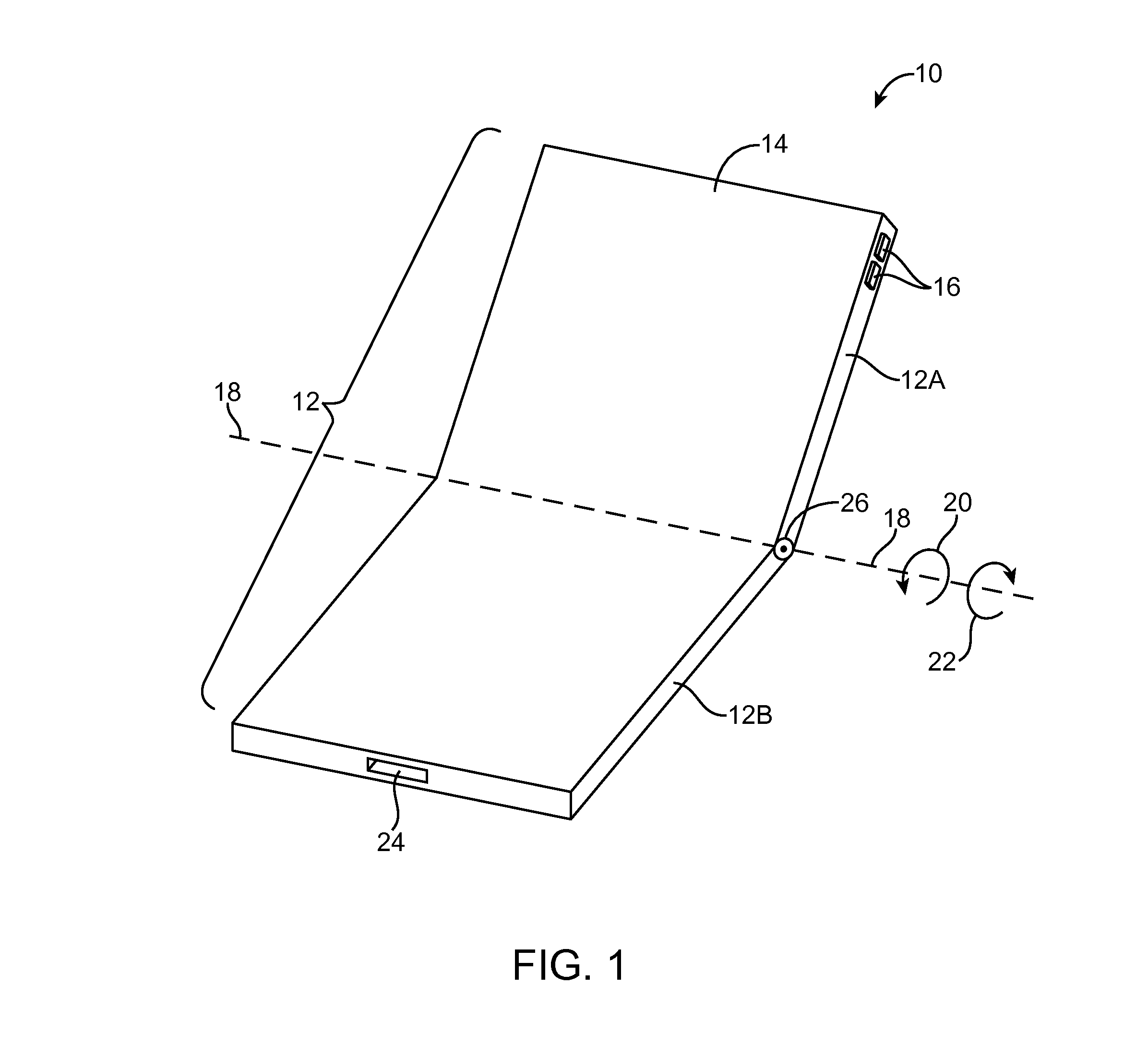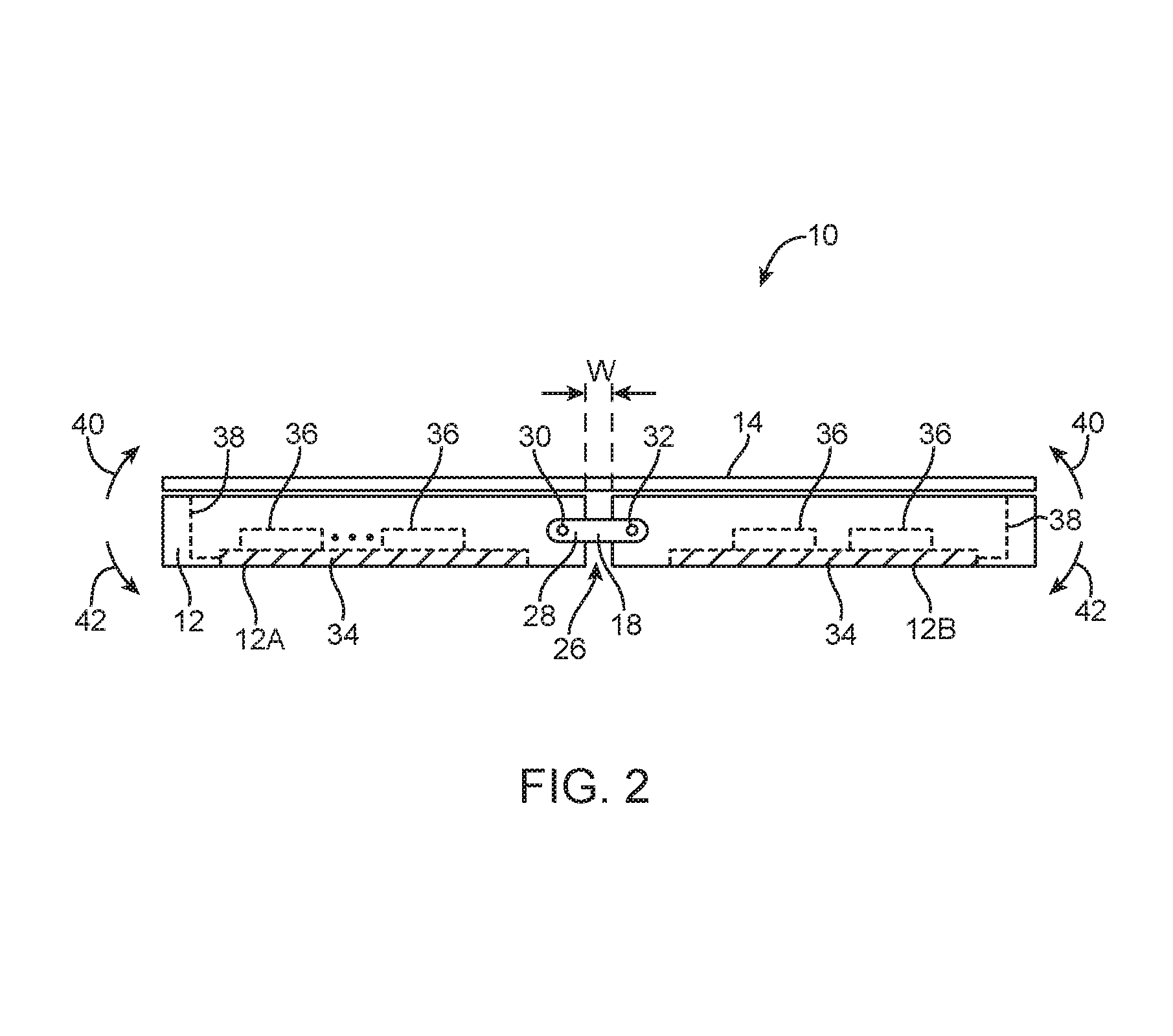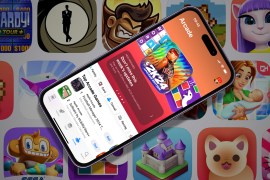Apple iPhone Fold: will there be a foldable iPhone and will it flip or not flip?
Will Apple finally make some waves and flip out?
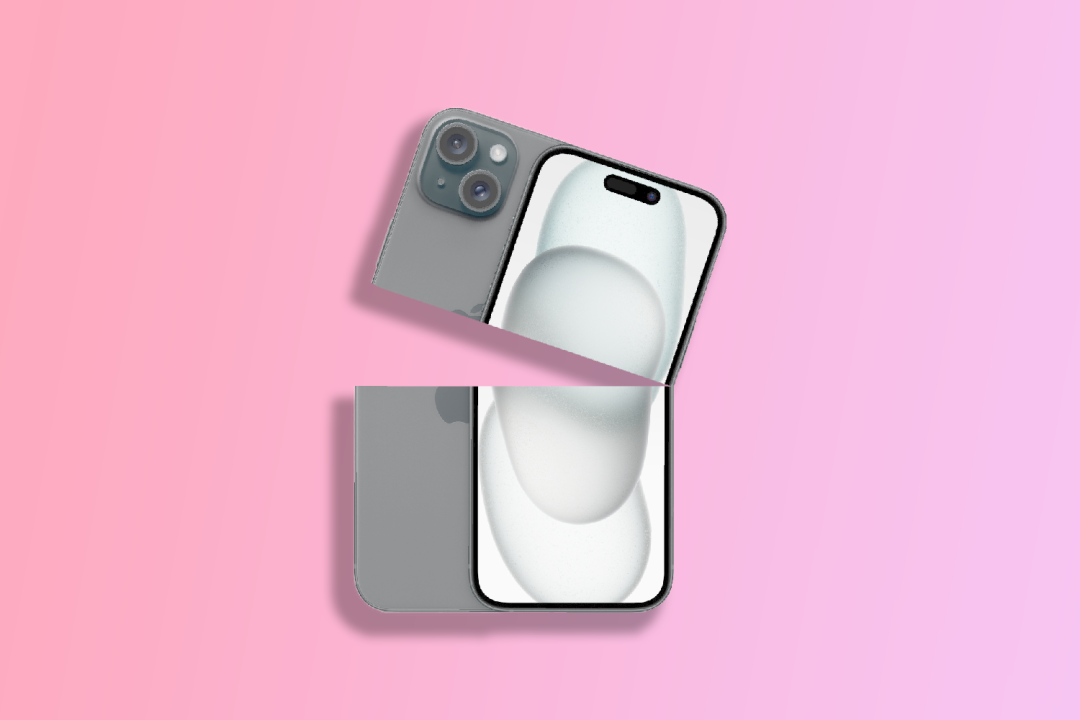
The Android world was quick to turn sci-fi folding displays into tech reality. Samsung, Google, Motorola, OnePlus, Xiaomi… almost every brand has a flip-style or book-style foldable on their slate – or is about to, looking at Stuff’s list of upcoming smartphones. So when can we expect Apple to follow suit?
iPhone fans are in the dark as to whether Apple is experimenting with folding or flipping designs, and will likely stay that way until the firm makes it official – unless the leakers and tipsters get their way before the grand reveal, that is. And the latest reports suggest development is now well under way. Here’s everything we know so far about a potential “iPhone Flip” or “iPhone Fold”.
Article last updated 24 March 2025: latest leaks point to possible price
Will Apple join the fold?
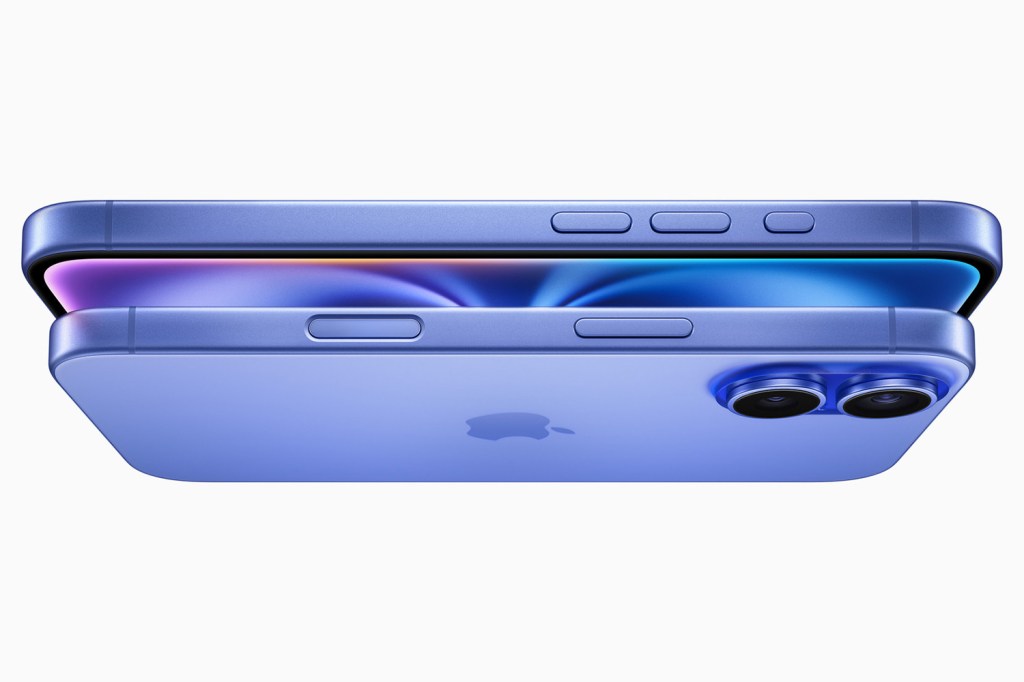
Apple hasn’t made any significant design changes to the iPhone range for a few years now. The iPhone 16‘s vertical camera bumps and new colour options are the biggest departure, but the flat sides, flat screen and rounded corners are very similar to previous efforts. Not even the new camera control touch button breaks the iPhone’s distinctive lines.
Patents awarded to Apple related to foldable phone concepts don’t give much away, with rather generic-looking handsets shown in the diagrams filed to the US patent office. Patent number US10955880B2 describes a hinge mechanism for foldable phones, while patent number US11550369B2 describes a multi-layered construction for flip phones.
Additionally, Apple has obtained at least five US patents related to a possible iPhone Fold. Among these, patent number US10694624B2 describes a foldable smartphone with an exposed display region. Another depicts a foldable phone with a self-healing crease. The fact Apple holds these patents doesn’t even guarantee a foldable iPhone is on the way, but does suggest the company is considering it.
Tech world whispers back in Autumn 2024 suggested Apple has moved development staff away from its Vision Pro headset – which was reportedly ending production imminently – to work on the upcoming foldable instead. November then seemingly confirmed Apple had entered a “formal development process” with display manufacturers – the first step towards a full production version of a folding iPhone.
The info came from a Korean source, Yeux1122, who claimed a supply chain source had spilled the beans. This isn’t the first time they have leaked Apple info, either. That bodes well for an iPhone Fold actually seeing the light of day in the next few years.
The latest leaks come from Twitter tipster Jukanlosreve, based on research into Apple’s supply chain. The huge trove of data, which also includes juicy morsels on a folding iPad or MacBook, suggest the folding iPhone will be a book-style device measuring 9.2mm when folded, and 4.6mm when open. Apparently the inner screen would be similar to two 6.1in iPhones sandwiched together, although the dimensions stated seem iffy to us. Analyst Ming-Chi Kuo also corroborates this.
Bloomberg’s Mark Gurman suggested the screen crease will be all but invisible to the human eye, which would put even the best current-gen foldables to shame.
Samsung will be supplying the display panels, and the screen surround could be made from titanium alloy or carbon fibre. Underneath there could be a 5000mAh battery, while the camera setup will include main and ultrawide rears – but no mention of a telephoto. As for a release date? Autumn 2026 was suggested.
Alongside these leaks, analyst Ming–Chi Kuo also shared some new information about the device. Due to space constraints, it looks like Apple will be ditching Face ID and returning to Touch ID. With the latest iPhone 16e release, Touch ID was firmly killed off. It it makes a comeback in the foldable iPhone, it’ll be in the power button on the side rather than a home button.
He also shared that the rear camera will feature a dual-lens setup and that there will be a front-facing camera accessible in both folded and unfolded states. The hinge will reportedly combine stainless steel with a titanium alloy and a casing made from titanium alloy for better durability. The 5000mAh battery will likely use the new cells in development for iPhone 17, so should be longer lasting than ever. Apparently, Apple Intelligence will be a big marketing point for the phone – but I don’t see this going down too well. Kuo expects a price around $2500, and corroborates the Autumn 2026 release date.
When might we see an iPhone Fold or iPhone Flip?
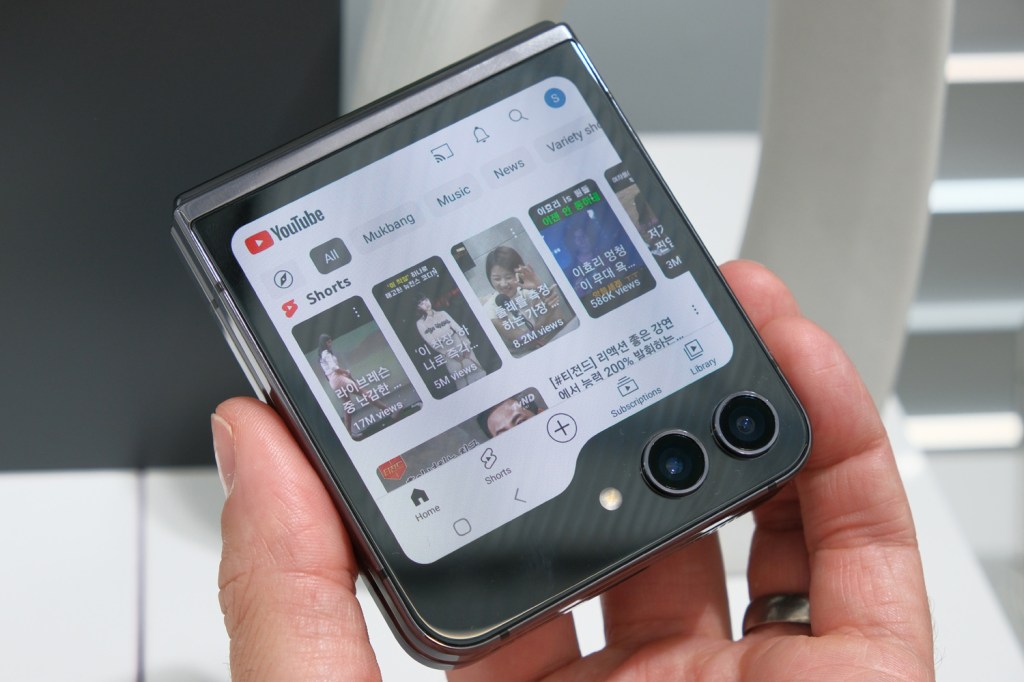
In 2022, reputable Apple analyst Ming-Chi Kuo suggested that a foldable iPhone would not launch until at least 2025. Another influential Apple analyst, Bloomberg’s Mark Gurman, said an “iPhone Fold” would eventually arrive, but “it may be quite a while.” This was seemingly backed up by industry analyst Trendforce, indicating it will could be 2027 at the earliest. This is reportedly because foldable displays don’t meet Apple’s standards for reliability, and a visible crease is deemed unacceptable.
But the latest news brings things forwards a little. A new report from Digitimes reveals that Apple has signed a contract with Samsung for display panels. Typically, this happens two years ahead of a product’s release, which would put the first foldable iPhone on the cards for 2026. This report also revealed that Apple will opt for a top-down folding design, like the Galaxy Flip. It should be around the same size as current iPhones when unfolded.
Bloomberg reporter Mark Gurman has since reported that a 2026 launch is looking more likely than ever, and has even circled a price point: $2000, or higher than the starting point of pretty much every Android-powered foldable out there, not counting tri-fold devices like the Huawei Mate XT Ultimate. That doesn’t mean we can expect a tri-folding iPhone – more that it’ll carry the familiar Apple tax. This is actually less than one analyst has predicted, too: Barclays analyst Tim Long suggested $2299 could be the starting point for the new model.
Apple likes to stay up-to-date with what’s hot in the market, and usually does so in a way the wider world quickly forgets another brand did it first. If foldable smartphones become the norm, it wouldn’t be surprising if Apple decided to keep up with the competition and offer a foldable iPhone.
Pros and cons of foldable displays
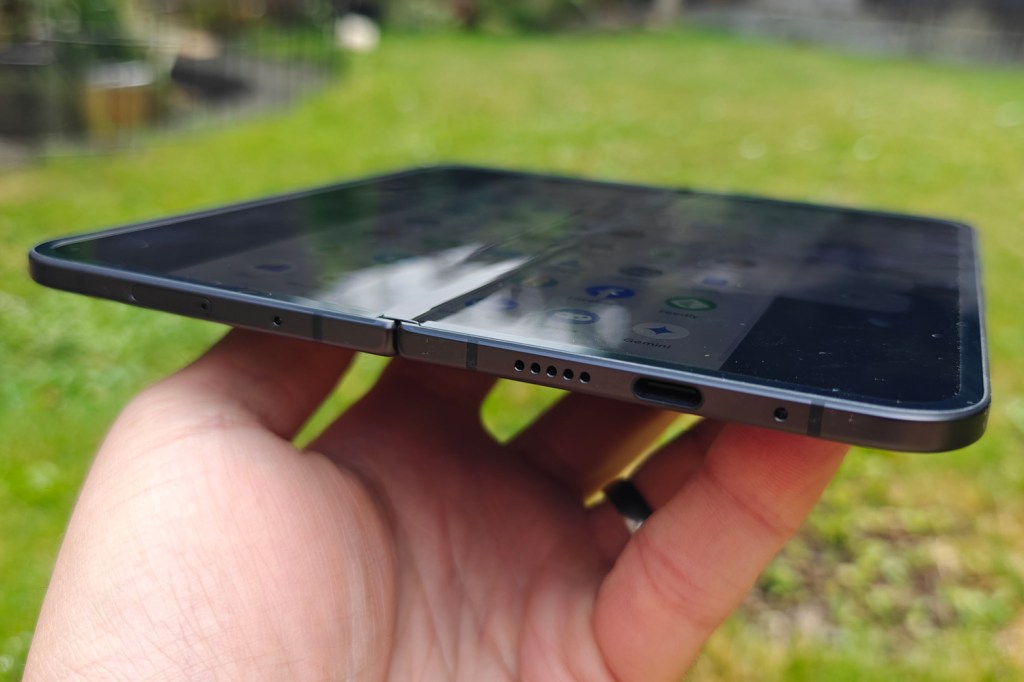
Flexible OLED panels let gadget makers squeeze much larger screens into smaller devices – either letting you carry a larger screen around more easily (see every book-style foldable on sale right now), or shrinking the device down without entirely compromising on screen space (the modern take on the flip phone).
Durability and price are the biggest concerns right now, though both are improving with each new generation of panel. It has to withstand lots of repetitive flexing, and the hinge makes it very tricky to achieve the same water and dust resistance ratings as a traditional phone. The added complexity of manufacturing makes costs much higher than a regular flat OLED panel, too.
There’s also the matter of the crease. Every foldable phone we’ve tried has some form of crease; it’s more visible on some than others, but it’s always there. Whether Apple considers this acceptable, or if it wants to engineer a folding screen without a visible crease appears to be the biggest cork in the iPhone Fold bottle.
What do we want to see in an iPhone Fold?
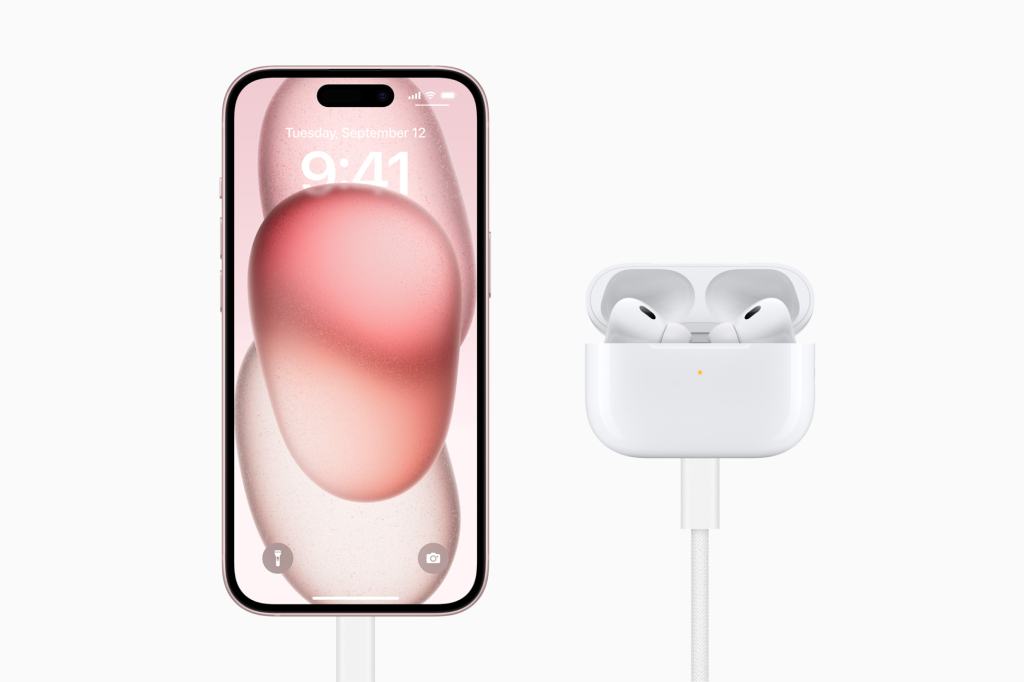
The iPhone Fold’s most significant selling point would undoubtedly be its unique design, setting it apart from all previous iPhone models. However, attention would quickly shift beyond the design to how iOS operates on this new device.
To make the most of the larger display, it would be best for Apple to have a future version of iPadOS available when the phone is fully opened. When unfolded, the phone should look like any other iPhone. After all, iOS is one of the significant reasons why iPhones are so popular.
The bottom line: Apple needs to provide more than just the ability to fold to make it a worthwhile purchase.
